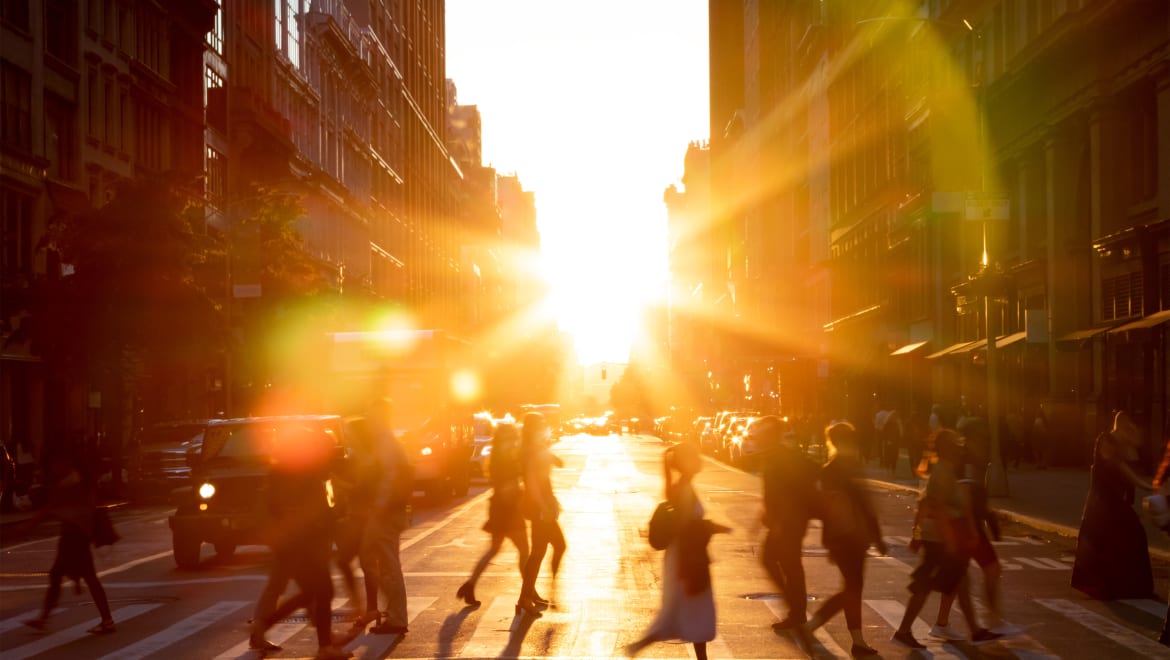Five Years Later: Commercial Real Estate in a Post-Pandemic World
Cushman & Wakefield

The COVID-19 pandemic, which began in March 2020, brought profound and unprecedented changes to how people lived, worked and played. These shifts reshaped the way businesses, customers and employees interacted with physical spaces.
While some economic disruptions were negative, many opportunities emerged that benefited the economy and the commercial real estate sector. Five years later, certain behavioral changes remain, while other aspects of daily life have gradually returned to pre-pandemic norms.
At Cushman & Wakefield, we are constantly focused on how commercial real estate and the built environment drive communities, businesses and people forward. In this article, we explore five ways the pandemic altered our world, whether these changes appear permanent, and what they mean for the future of our cities and the built environment.
Key takeaways
People want to live in and around vibrant city centers: Cities were heavily impacted early in the pandemic, but data now shows a recovery is underway.
Commuting still stinks: Employees continue to want to avoid the stress and fatigue of long commutes, with those living further away from the office showing up less frequently than those living nearby.
Many consumer behaviors are back to pre-2020 norms: In the aftermath of the pandemic, e-commerce sales surged and restaurant activity first plummeted before spiking. Both have now returned to their growth trajectories from the 2010s. Similarly, international tourism, which suffered greatly in 2020, is recovering and nearing 2019 levels.
Less building is happening today, regardless of property type: Rising costs due to high interest rates, material and commodity inflation, and labor wage growth have slowed commercial real estate construction. Current pipelines for office, industrial, retail and multifamily properties are below Q1 2020 levels. Expect this to lead to tightening in each of these sectors in the coming years.
Experience is king: The built environment is about people, not just places. The pandemic temporarily disrupted the ability to engage with the physical world around you. However, the experience economy is expanding once again. Creating vibrant and meaningful moments for customers, employees, visitors and residents is a major opportunity for commercial real estate owners, operators and occupiers. Having the right mix of spaces uses is the foundation upon which these experiences will be built.